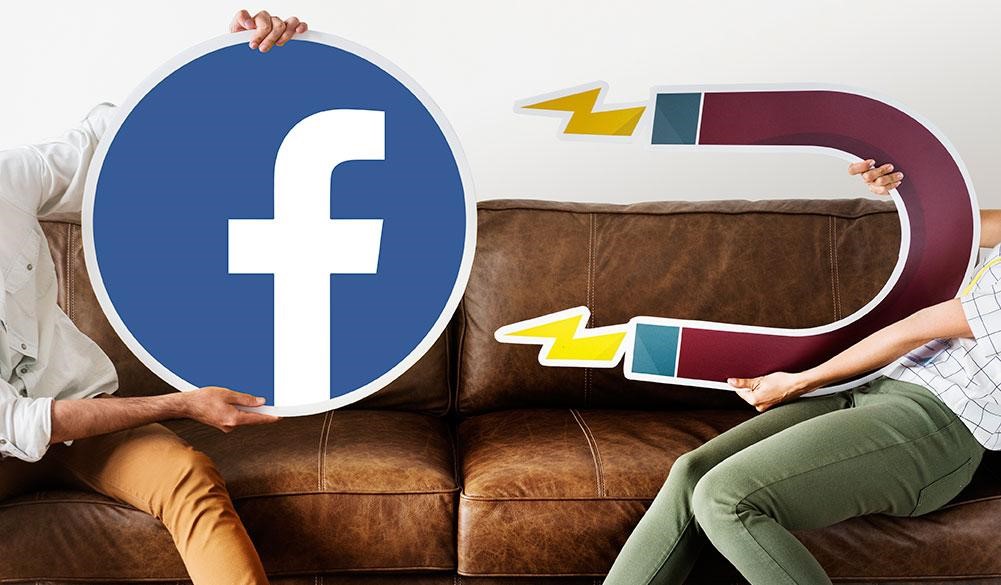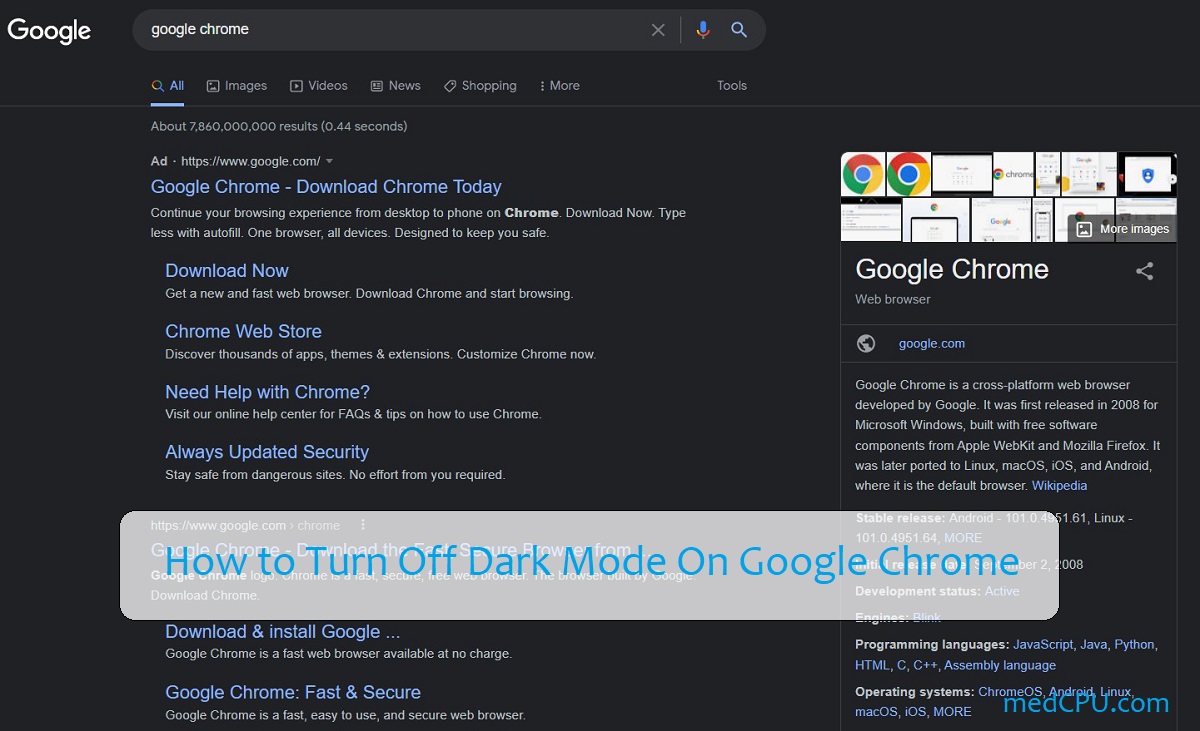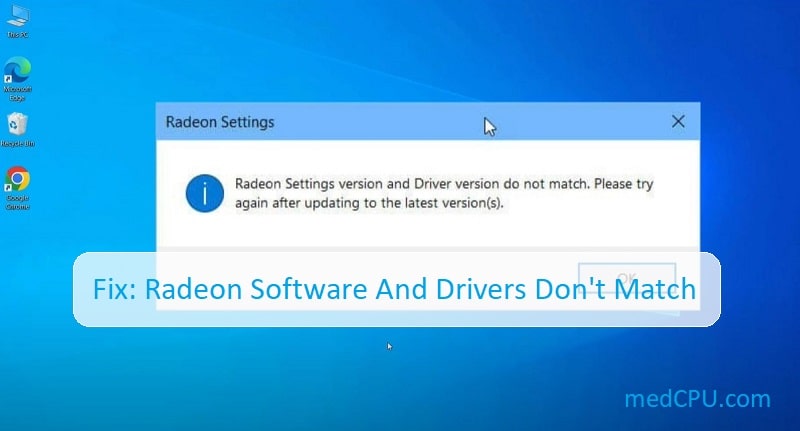Hi, everyone! Today medCPU.com going to be comparing the two most popular resolutions – 2560×1440 vs 3440×1440: Which Display Is Better for Gaming?. I’m going to show you all the benefits and drawbacks of each one, and let you decide which one is best for you! Let’s go!
What are the benefits of using a 3440×1440 monitor?
When it comes to desktops and laptops, there is no question that 3840×2160 monitors are becoming more and more popular. This is because they offer a number of benefits that are hard to beat. For one, they provide a much more immersive experience than anything that is currently available. This is because they allow you to see more of the screen at once, which makes it easier to effectively work on documents or graphics. Additionally, they are also much easier on the eyes than monitors that are in the 1600×900 range. This is because they use a lot less energy to produce images, so you can use them for longer periods of time without becoming fatigued.

Another big benefit of using a 3440×1440 monitor is that it allows you to work on a much larger scale. This is because the resolution is so high that it can comfortably display large images and documents. Additionally, it gives you the ability to see more details in everything that you are working on, which makes it easier to spot errors and to come up with solutions to complex problems. Finally, a 3440 x 1440 monitor is also much more versatile than a standard monitor. This is because it can be used to display a wide variety of different types of content, from video to photos to maps.
What are the disadvantages of using a 2560×1440 monitor?
A 2560×1440 monitor is a great choice for desktop computing because it offers a high resolution that is perfect for viewing detailed graphics and photos. However, there are a few disadvantages to using a 2560×1440 monitor that should be considered before making the purchase.

First, the high resolution can require more processing power to operate smoothly. Second, the larger screen size can be overwhelming for some people and can cause discomfort when viewing for extended periods of time. Third, 2560×1440 monitors are not widely available and may be difficult to find if you’re not specifically looking for one. Finally, the price of a 2560×1440 monitor is usually higher than other options available on the market.
2560×1440 vs 3440×1440: Display size and resolution
There are a few key differences between 3440×1440 and 2560×1440 displays that should be considered when choosing a display size. First, the resolution of a 3440×1440 display is four times higher than that of a 2560×1440 display. Second, the size of a 3440×1440 display is nearly three times the size of a 2560×1440 display. Third, 3440×1440 displays are typically used in professional displays, while 2560×1440 displays are more commonly found in consumer displays.
When it comes to resolution, 3440×1440 displays offer four times the pixels of a 2560×1440 display. This means that images and videos are crisper and more detailed on a 3440×1440 display than on a 2560×1440 display. In addition, 3440×1440 displays are typically used in professional displays where the highest possible resolution is needed.
When it comes to size, a 3440×1440 display is nearly three times the size of a 2560×1440 display. This means that 3440×1440 displays are more common in professional displays than 2560×1440 displays are in consumer displays. 3440×1440 displays are also more common in laptops and other portable displays than 2560×1440 displays are.
What are the display size and resolution differences between the two screens?
The 3440×1440 resolution is the most common display size in use today, and it’s also the largest resolution available. It’s also the most common resolution for gaming monitors, as it offers a higher pixel density than other resolutions.
The 2560×1440 resolution is slightly less common than the 3440×1440 resolution, but it’s also a higher resolution. It offers a more immersive experience, as it has more pixels per inch than the 3440×1440 resolution. This resolution is more commonly used for monitors that are intended for use in professional environments, such as video editing and design.

>>> Read more: 24 Vs 27 Inch Monitor: Which Size Is Right For You?
What are the benefits and drawbacks of using a 3440×1440 monitor?
Benefits of using a 3440×1440 monitor
- A 3440×1440 monitor is a much higher resolution than a typical monitor. This means that you can see more detail on the screen, which can be useful for tasks such as graphics design or photo editing.
- A 3440×1440 monitor is also much more energy efficient than a typical monitor. This is because it uses a higher resolution, but it doesn’t need to use as much power to display the image on the screen.
- A 3440×1440 monitor is much more space efficient than a typical monitor. This is because it uses a higher resolution, but it doesn’t need as much space to display the image on the screen.
Drawbacks of using a 3440×1440 monitor
- A 3440×1440 monitor is much more expensive than a typical monitor. This is because it is a higher resolution monitor, and it is also more likely to require specialised hardware to operate correctly.
- A 3440×1440 monitor is also much more difficult to use than a typical monitor. This is because the higher resolution can be difficult to see on the screen, and it can also be difficult to operate the mouse and keyboard at the same time.
- A 3440×1440 monitor is much more difficult to view from a distance. This is because the higher resolution can be difficult to see from a distance, and it can also be difficult to see on a bright background.
What are the benefits and drawbacks of using a 2560×1440 monitor?
Benefits of using a 2560×1440 monitor
There are a few obvious benefits to using a 2560×1440 monitor. First of all, it gives you a much wider field of view than a 1440p monitor. This means you can see more of the screen at once, which can be helpful if you’re working on a complex project and need to keep track of multiple elements at once.
Another benefit of using a 2560×1440 monitor is that it makes text and images much more legible. because the screen is so large, you won’t have to squint as much to read text or view images.
Drawbacks of using a 2560×1440 monitor
There are a few drawbacks to using a 2560×1440 monitor. First of all, it can be a bit more expensive than a 1440p monitor. And since the screen is so large, it can be difficult to work on projects that require a lot of space.
Another downside to using a 2560×1440 monitor is that you may not be able to see some of the smaller details in images and text. Because the screen is so large, some elements will end up being lost in the mix.

>>> Read also: What To Look For In A Gaming Monitor? Things to Know 2022
3440×1440 vs 2560×1440: Windows and workflows
When it comes to workflows, 2560×1440 is likely to be more beneficial. While 3440×1440 offers a lot of desktop real estate, it can be difficult to use that space efficiently. 2560×1440, on the other hand, offers a higher resolution that can be useful for certain tasks.
For example, if you need to print large documents, 2560×1440 will offer a more detailed image. If you need to edit videos or photos, 3440×1440 will offer more space, but the image may not be as smooth.
Additionally, 2560×1440 is a better resolution for gaming. 3440×1440 is great for browsing the web, but it may not be suitable for intensive gaming.
What are the differences in Windows scaling when using a 3440×1440 monitor or a 2560×1440 monitor?
When choosing a monitor size, many people stick with the standard 16:9 aspect ratio. However, there are now a number of monitors available with a 3440×1440 resolution. This provides a much wider screen real-estate, making it perfect for working with multiple documents side-by-side or for viewing large pictures.
Compared to the standard 2560×1440 resolution, the 3440×1440 option provides a notable increase in screen space. This is especially useful for people who work with multiple documents or pictures at the same time. In fact, using a 3440×1440 resolution can even make it possible to fit more items on the screen at once.
One downside of using a 3440×1440 monitor is that it can be a bit more difficult to work with. Since the screen is so wide, it can be difficult to find specific items on the screen. Additionally, the higher resolution can lead to more jagged lines and artifacts.
Overall, 3440×1440 monitors are a great option for people who need a lot of screen real-estate. They provide an increased amount of space over standard monitors, making it easier to work with multiple items at the same time. However, due to the higher resolution, they can be more difficult to use.
How will a 3440×1440 monitor affect workflows and applications?
Workflows and applications in corporate environments can be negatively affected by using a 3440×1440 monitor. This type of monitor is typically used in gaming and professional photo and video production.
The 3440×1440 monitor is significantly larger than most monitors currently in use. This means that many workflows and applications that were designed for monitors with a smaller screen size will not work correctly with a 3440×1440 monitor.
Some of the problems that can occur with workflows and applications designed for smaller monitors include:
- Incorrect screen size being used.
- Incorrect window sizes being used.
- Windows not being able to be maximized to the full size.
Workflows and applications that were designed for a 3440×1440 monitor may be more difficult to use and may require additional training for employees.
Corporate IT departments may have to take into account the unique needs of workflows and applications when planning upgrades to monitors. They may also have to consider whether or not it is worth investing in a new 3440×1440 monitor for use by employees.
Conclusion
The 3440×1440 resolution is significantly higher than the 2560×1440 resolution, providing more detail and clarity when viewing images or videos. Additionally, the 3440×1440 resolution is more efficient when using multiple monitors, as it uses less desktop space. While both resolutions offer great benefits, the 3440×1440 resolution is recommended for users who have multiple monitors and want to enjoy the most detailed images and videos.

Eyal Ephrat serves as the co-founder and CEO of medCPU.com, where technology is making significant strides in the field of medicine. Through his experience in purchasing PC and laptop equipment and various other tech products, Eyal Ephrat contributes valuable insights to medCPU’s mission.





